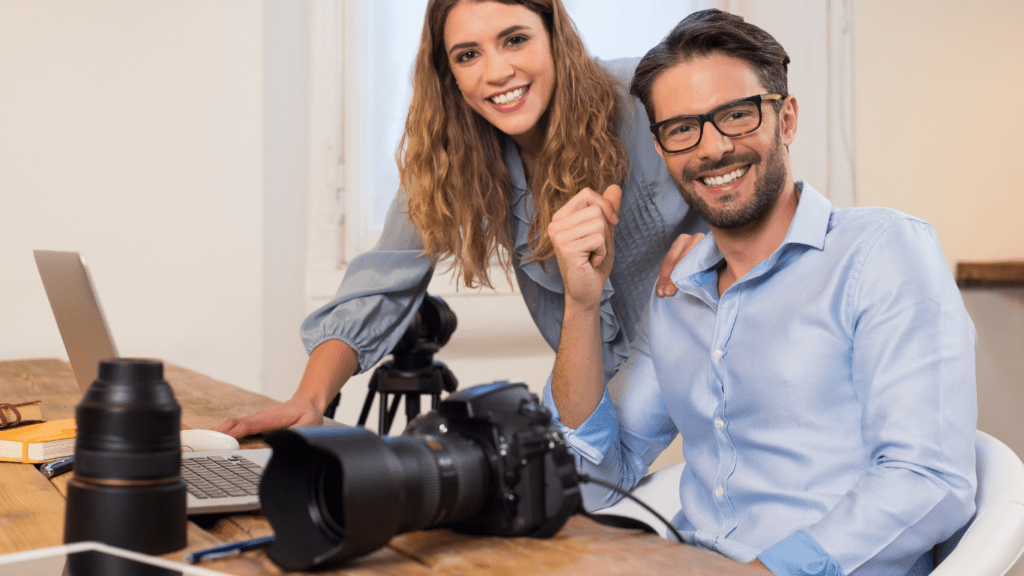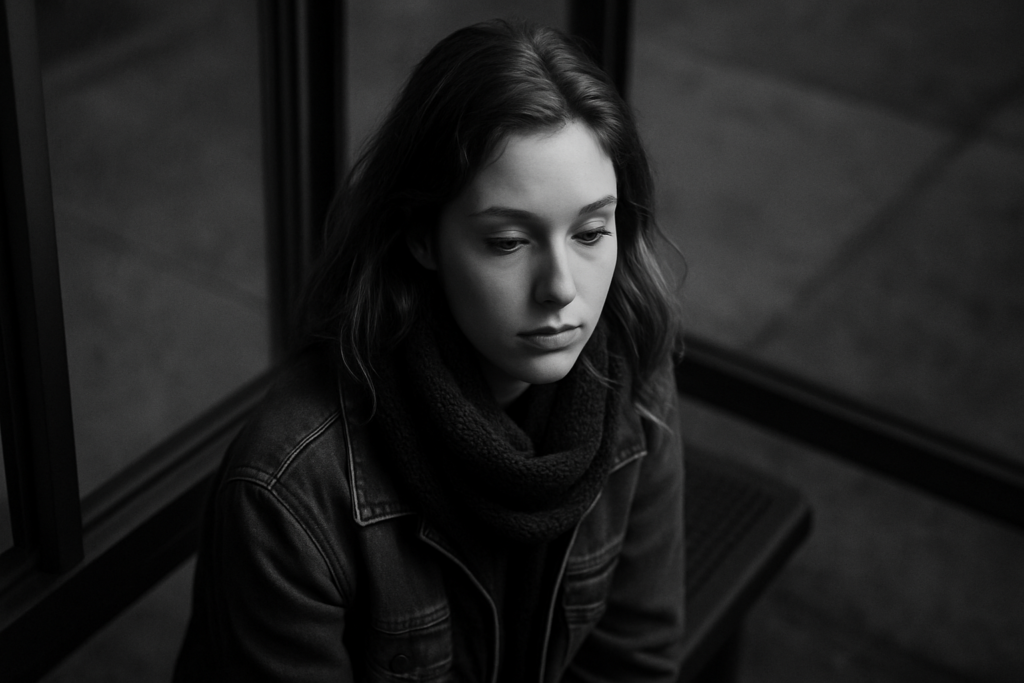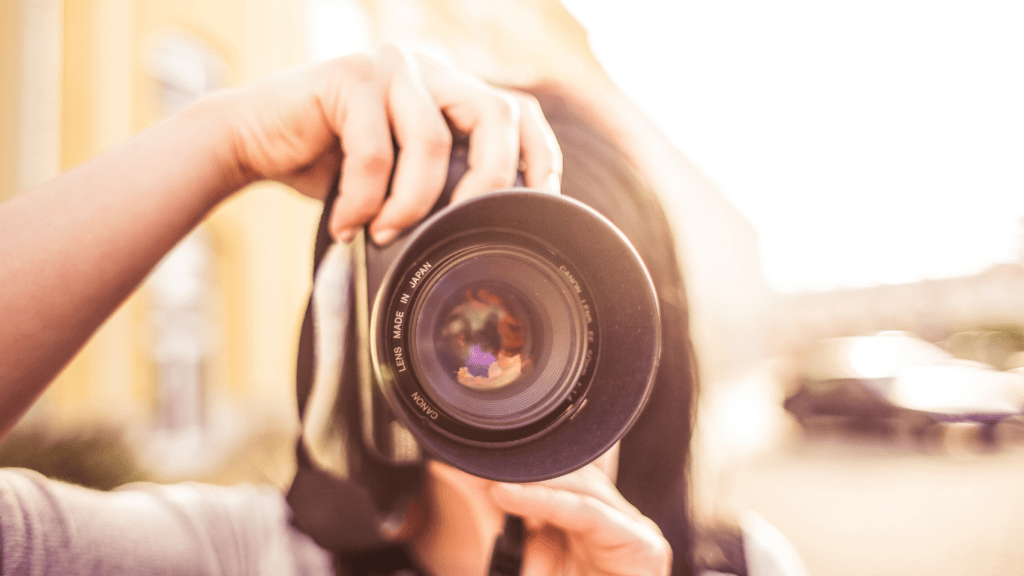When I first picked up a camera, I quickly realized that capturing a great photo wasn’t just about pointing and shooting—it was about understanding composition. The way elements are arranged within a frame can completely transform an image, turning a simple snapshot into a powerful visual story. That’s where techniques like the rule of thirds come into play.
Understanding The Rule Of Thirds
The rule of thirds is a key principle in photography that ensures balanced and visually appealing compositions. It divides an image into nine equal parts using two horizontal and two vertical lines.
The Basics Of The Rule Of Thirds
The rule of thirds involves aligning subjects or focal points along these gridlines or at their intersections. This placement creates harmony by balancing the elements in a photo. Most cameras and editing software provide a built-in grid overlay, making it easier to apply this technique during framing or post-processing.
Why The Rule Of Thirds Works In Photography
The rule of thirds works because it imitates the way the human eye naturally scans a scene. Placing a subject at a grid intersection draws attention more effectively than centering it. This method also adds depth to an image, making it more dynamic compared to symmetrical compositions.
Examples Of The Rule Of Thirds In Action
Using the rule of thirds, landscapes often position the horizon near the top or bottom horizontal line rather than the center. Portraits frequently align a person’s eyes with a horizontal line for emphasis. For example, in architectural shots, placing a prominent building along a vertical line adds visual interest while showcasing the surrounding space.
Moving Beyond The Rule Of Thirds

While the rule of thirds provides a strong foundation, pushing creative boundaries requires exploring other techniques. These methods can elevate your compositions, making your images more dynamic and visually engaging.
Centered Composition And Symmetry
- Centered composition emphasizes balance by placing the subject in the middle of the frame.
- This approach works best with symmetrical scenes, such as architectural designs or reflections in water, where equal weighting creates a harmonious effect.
- Symmetry can evoke a sense of order, precision, or stillness, depending on the subject and context.
- In portraits, centering a subject can highlight facial details or expressions. For example, placing someone directly in front of a symmetrical background, like a doorway or archway, adds striking visual impact.
- While breaking the rule of thirds, symmetry captures attention through its orderly structure.
Leading Lines For Dynamic Visual Flow
Leading lines guide viewers’ eyes through the photo toward the subject or focal point. Roads, rivers, fences, and even shadows create natural pathways within the frame. These lines not only add depth but also help emphasize the story behind the image.
For instance, converging lines in a street photograph pull attention toward distant elements, while a curving path in a landscape can highlight scenic transitions. Experimenting with diagonal, vertical, and horizontal lines creates dynamic compositions that hold viewer interest.
The Power Of Framing And Layering
Framing adds context by enclosing a subject within natural or man-made borders. Trees, windows, or doorways can act as frames, directing focus while providing depth. Framing works well for storytelling, as it connects the subject to its surroundings.
Layering further enhances depth by including:
- foreground
- middle ground
- background elements
For example, using flowers in the foreground while capturing a mountain range in the background creates a multi-dimensional image. Combining framing techniques with layers allows for intricate compositions that feel immersive.
Advanced Composition Techniques
Exploring beyond basic methods helps create compelling and unique photographs. These advanced techniques refine visual storytelling and bring new depth to compositions.
The Golden Ratio And Fibonacci Sequence
The golden ratio, approximately 1.618:1, is a mathematical principle often used for harmonious compositions. In photography, I align key elements along the spiral or intersecting points derived from the Fibonacci sequence (a numerical pattern related to the golden ratio). This method creates balance and a natural flow that feels pleasing to the eye. For example, I might use the spiral to position a subject in a portrait or a focal point in a landscape.
Using Negative Space To Your Advantage
Negative space amplifies the impact of the main subject by creating breathing room. By deliberately leaving portions of the frame empty, I emphasize the subject and evoke emotion. This technique also builds contrast within the image, leading viewers to focus on the centerpiece. For instance, in minimalistic shots, an isolated tree against an open sky can accentuate simplicity and mood.
Incorporating Color And Contrast In Composition
Color and contrast guide attention and set the tone of an image. I use complementary colors, like blue and orange, to generate visual tension, or analogous colors, like green and yellow, for harmony. High-contrast elements, such as light and shadow in monochrome photography or vibrant hues against dull backgrounds, create strong focal points. For example, a red umbrella in an urban scene draws immediate focus amidst neutral tones.
Practical Tips For Mastering Composition
Mastering composition is about learning foundational techniques and knowing when to adapt or break them. Incorporating observation and leveraging tools enhances skill progression significantly.
Breaking The Rules Intentionally
Breaking compositional rules creates fresh perspectives when planned. If I place a subject at the center in an asymmetrical context instead of adhering to the rule of thirds, it creates tension or focuses the viewer’s attention differently. Adding diagonal lines where horizontal ones dominate generates dynamism. Experimentation with unconventional framing or deliberate imbalance encourages creative storytelling.
Practicing Observation And Patience
Observation strengthens intuition for composition. I analyze light, shadow, patterns, and textures within an environment before taking a shot. For street photography or wildlife, waiting for the perfect alignment of elements or a key moment ensures impactful results. Slowing down ensures that I thoroughly explore all visual elements in a scene for interesting arrangements.
Tools And Apps To Improve Your Skills
Using tools accelerates learning composition. I use apps like Adobe Lightroom Mobile to overlay the rule of thirds or golden ratio grids for real-time alignment. Snapseed assists in cropping and adjusting perspective to improve post-composition. Photography-focused platforms, such as Instagram or 500px, inspire me with diverse examples of strong compositions from professionals and peers.




